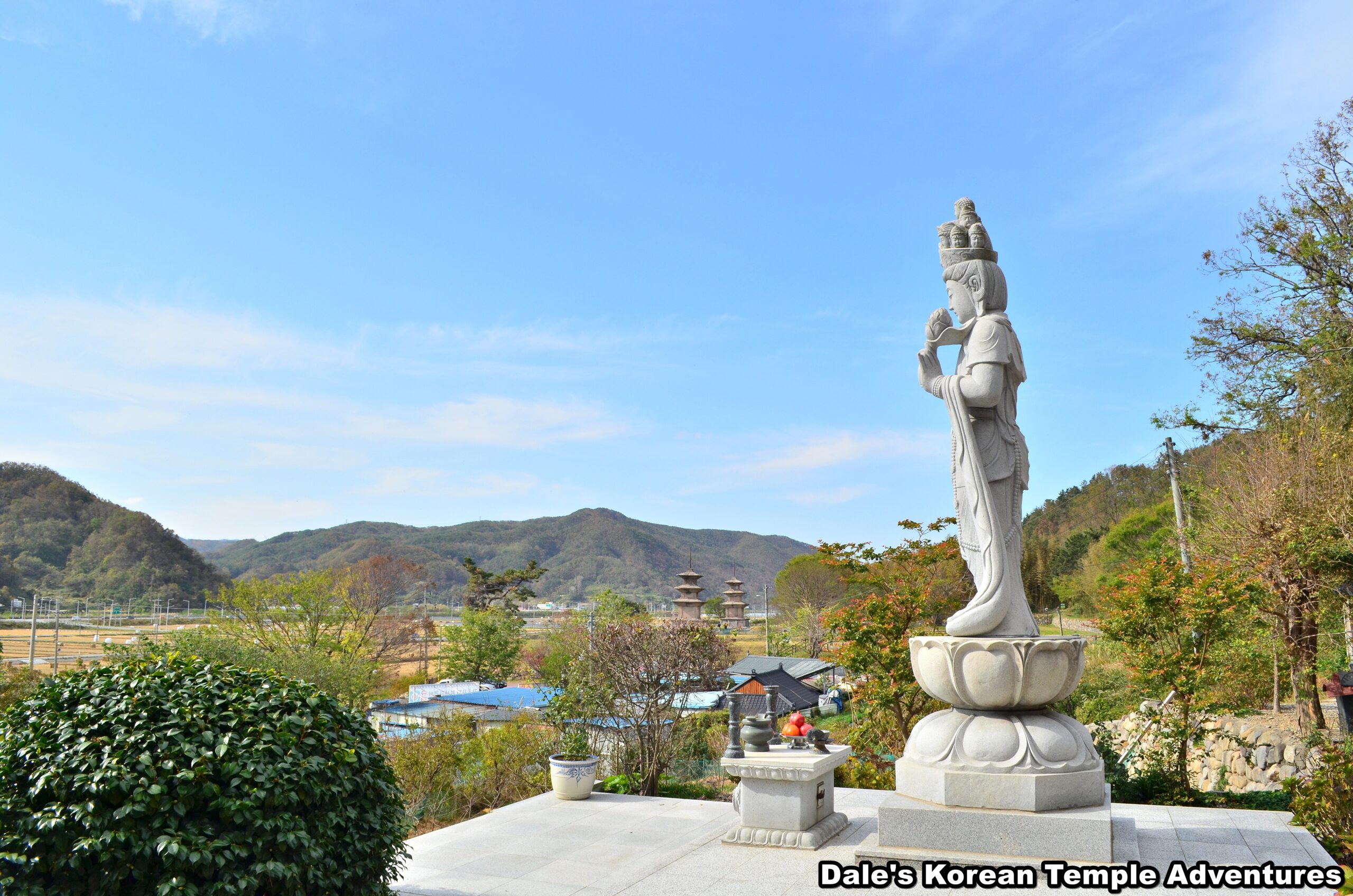
Temple History
Jingwangsa Temple is located in eastern Gyeongju near the East Sea and the famous the Gameunsa-ji Temple Site. Unlike the majority of Korean Buddhist temples that fall under one of three main Buddhist orders – the Jogye-jong Order, the Taego-jong Order, and the Cheontae-jong Order – Jingwangsa Temple belongs to the Jodong-jong Order. The Jodong-jong Order is a transliteration of the Caodong school. It is one of the 27 Korean Buddhist sects and orders, and it was first founded in May, 1989.
The Jodong-jong Order is headquartered out of Cheongryongsa Temple in Jongno-gu, Seoul. In this form of Buddhism, Seokgamoni-bul (The Historical Buddha) is the central Buddha of veneration. As for sutras that are central to the teachings of the Jodong-jong Order, it’s the Diamond Sutra, or Geumgang-gyeong in Korean; the Lotus Sutra, or Beophwa-gyeong in Korean; and the Avatamsaka Sutra (Flower Garland Sutra), or Hwaeom-gyeong in Korean.
Now, as for the Caodong school, it was founded by Dongshan Liangje (807–869 A.D.) and his Dharma descendants during the 9th century. As for the name of the school, there are two theories behind the Caodong school name. The first is that it’s a combination of “Dongshan” and “Caoshan.” However, the name for the Caodong school could also come from “Caoxi,” which is the mountain where Huineng (638-713 A.D), the Sixth Ancestor of Chan Buddhism, lived and taught. Subsequently, it’s also a transliteration of “Jogye” of the Jogye-jong Order, which is the largest Buddhist order in Korea. The Caodong school emphasizes sitting meditation and the “silent illumination” techniques.
Now, as to how the Caodong school migrated eastward to the Korean Peninsula. In 821 A.D., the Korean monk Doui-guksa returned to the Korean Peninsula after learning Chan/Seon Buddhism and the practice taught by Huineng (638-713 A.D.). It was under him that the “Nine Mountain Seon Monasteries” were founded.
So it’s to this tradition that the modern Jingwangsa Temple and the Jodong-jong Order adhere to.
Temple Layout
To the right of the Gameunsa-ji Temple Site and a collection of restaurants and convenience stores, you’ll find an unpaved country road that leads you towards Jingwangsa Temple. Past the tipped over temple sign, you’ll near the temple grounds. The first indication that you’re close, besides the constantly barking temple guard dog, is the serene-looking statue of Gwanseeum-bosal (The Bodhisattva of Compassion) to your right. The image of Gwanseeum-bosal, which stands five metres in height, looks out over the neighbouring rice fields. And above her crown are ten additional faces, which are meant to represent the ten stages towards enlightenment.
To the left of this statue is a L-shaped building that acts as both the dorms and kitchen to the temple. Beyond this building are a collection of three new temple shrine halls. Two are situated in the lower courtyard, while one is situated up near the treeline. The first of the three is a compact Daeung-jeon Hall. The front of this modern temple shrine hall is adorned with two large paintings of the Four Heavenly Kings. The exterior walls are also adorned with a collection of rudimentary paintings of the Shimu-do (The Ox-Herding Murals). Stepping inside the compact Daeung-jeon Hall, you’ll find a main altar occupied by a triad, slightly to the left, centred by Seokgamoni-bul (The Historical Buddha). This central image is joined in the triad by a green haired statue of Jijang-bosal (The Bodhisattva of the Afterlife) and an intricate image of a multi-armed and headed statue of Gwanseeum-bosal. To the right of this main altar triad, and still on the main altar, is a modern Shinjung Taenghwa (Guardian Mural) fronted by a standing image of Dongjin-bosal (The Bodhisattva that Protects the Buddha’s Teachings).
To the right of the compact Daeung-jeon Hall is another compact shrine hall. This shrine hall is the Yongwang-dang Hall. The front doors to this shaman shrine hall are lined with two dragon murals: one yellow and one blue. Stepping inside the Yongwang-dang Hall, you’ll instantly notice the three images of Yongwang (The Dragon King) on the main altar. They are meant to represent the three seas that surround the Korean Peninsula: the East Sea, the East China Sea, and the Yellow Sea. And below the Plexiglas flooring, you’ll find a stone statue of a dragon underneath your feet.
Now, between the Daeung-jeon Hall and the Yongwang-dang Hall, you’ll find a winding pathway of stairs that leads you up towards the newly built Sanshin-gak Hall. Housed inside this beautiful new Sanshin-gak Hall are eight statues dedicated to Sanshin (The Mountain Spirit). There are seven male Sanshin statues and one female Sanshin statue in the centre. These eight statues are meant to represent the Eight Provinces of Korea, which occurred during most of the Joseon Dynasty (1392-1910). This administrative organization of the country into eight provinces lasted for over 480 years from 1413 to 1895. And while the country has been divided in half, these provinces are still reflected in the division of Korea provinces to this day. It’s rare to find eight Sanshin statues inside a Sanshin-gak Hall. In fact, it’s a first for me.
How To Get There
From the Gyeongju Train Station, there’s a bus stop at the neighbouring post office. You’ll need to take either Bus #150 or Bus #150-1 to get to the Gameunsa-ji Temple Site stop. The bus ride from the Gyeongju Train Station to Gameunsa-ji Temple Site will last thirty-eight stops, or one hour and twenty minutes. From the Gameunsa-ji Temple Site, you’ll need to hang a right and pass by all the restaurants and convenience stores. Use the statue of Gwanseeum-bosal (The Bodhisattva of Compassion) to guide you towards Jingwangsa Temple up the dirt road.
Overall Rating: 5/10
Not only is this temple lesser known, but so too is the Korean Buddhist order that it falls under. Adding to the uniqueness of the temple are the three Yongwang (Dragon King) statues and paintings inside the Yongwang-dang Hall and the eight Sanshin (Mountain Spirit) murals inside the newly constructed Sanshin-gak Hall. Adding to the temple’s overall appearance is its proximity to the historic Gameunsa-ji Temple Site. So make a day of it and enjoy!

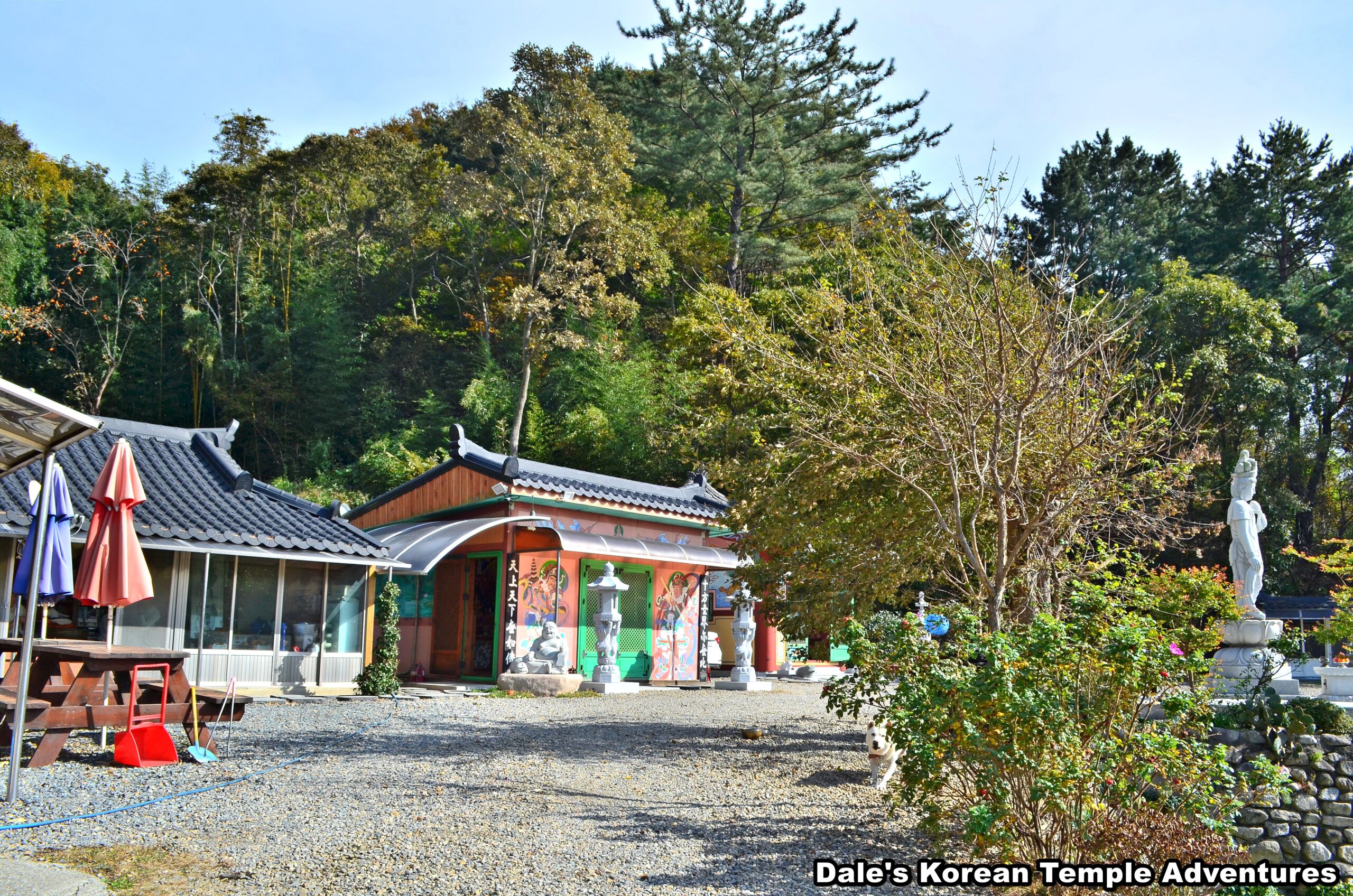
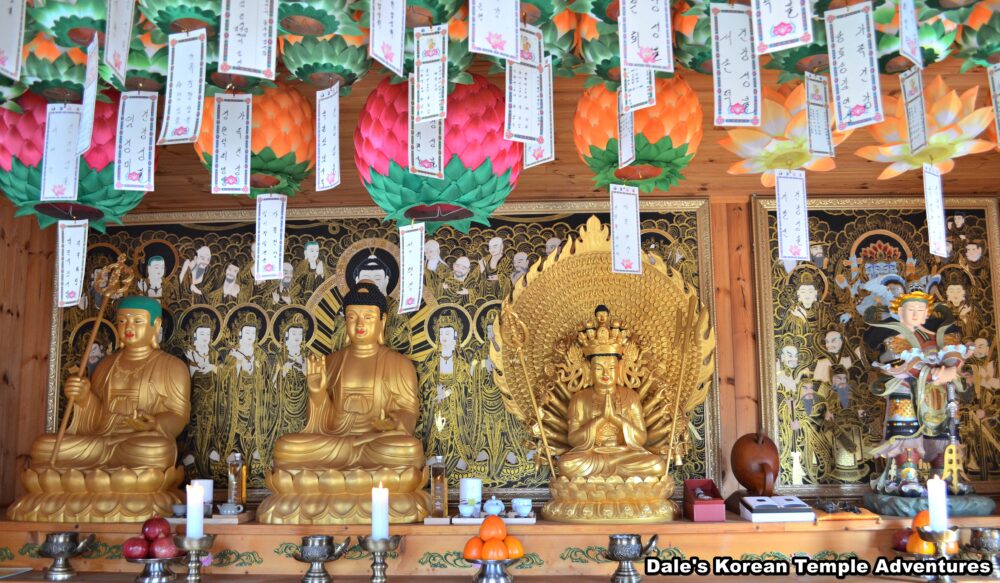

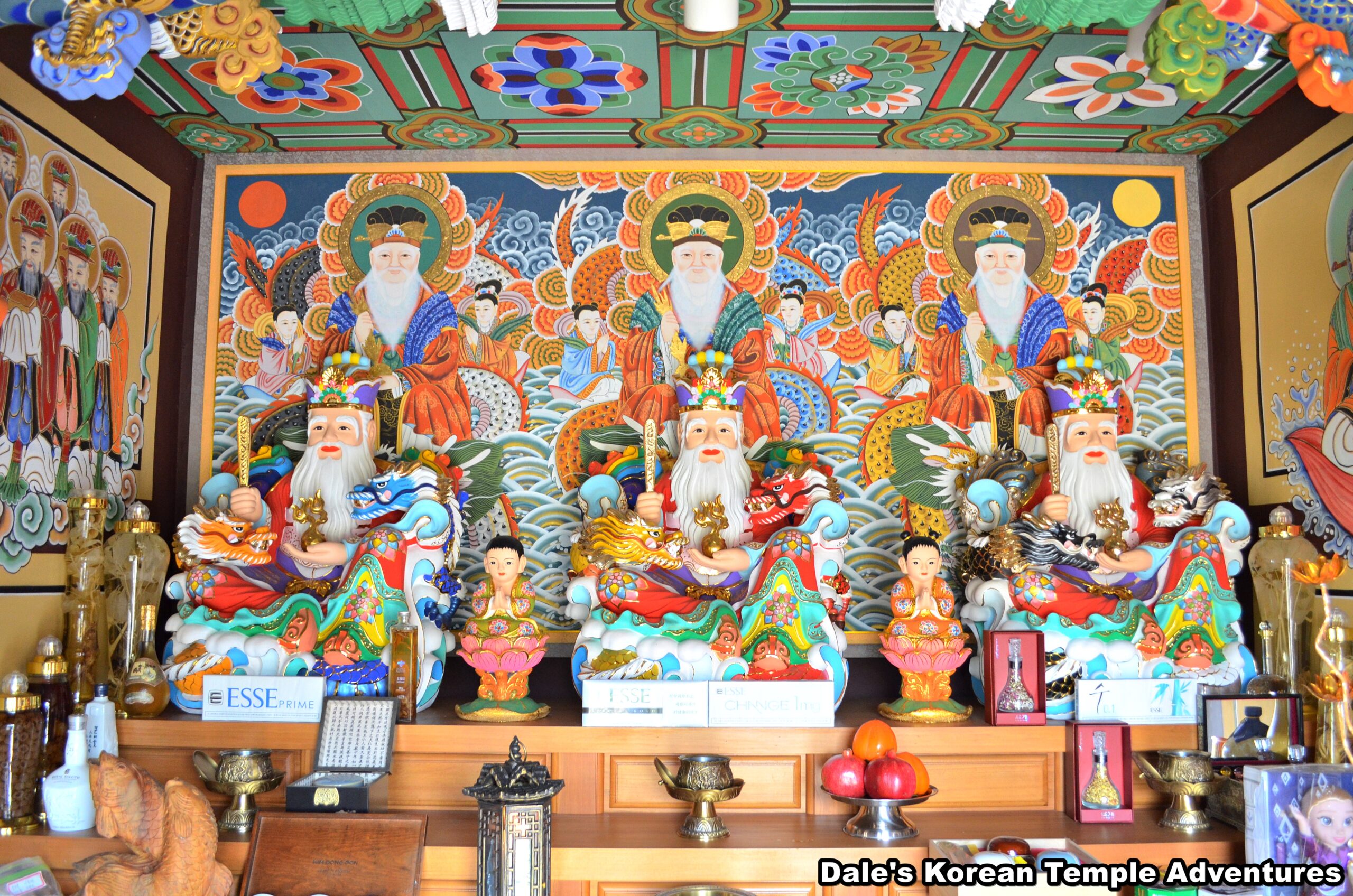


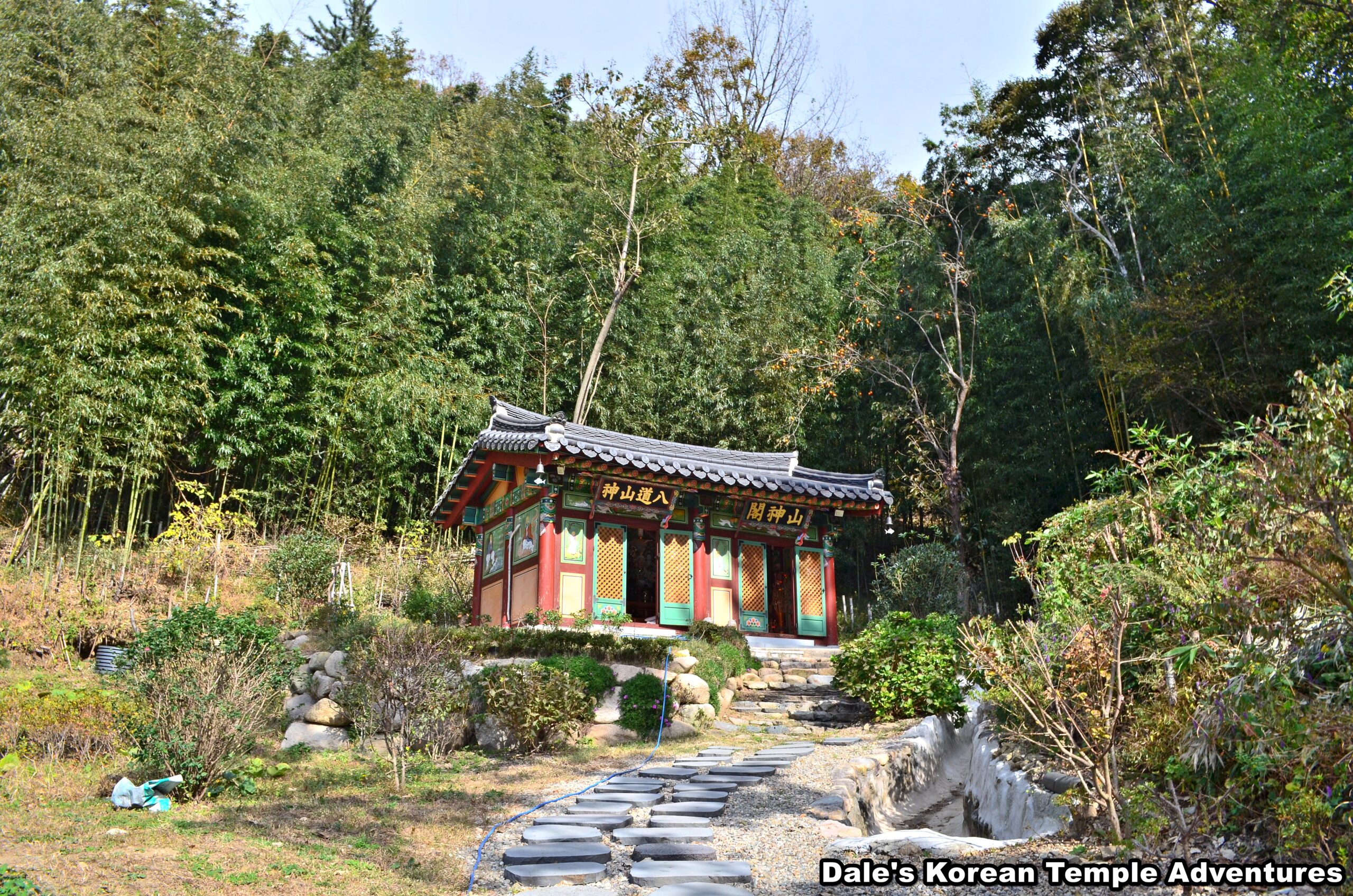
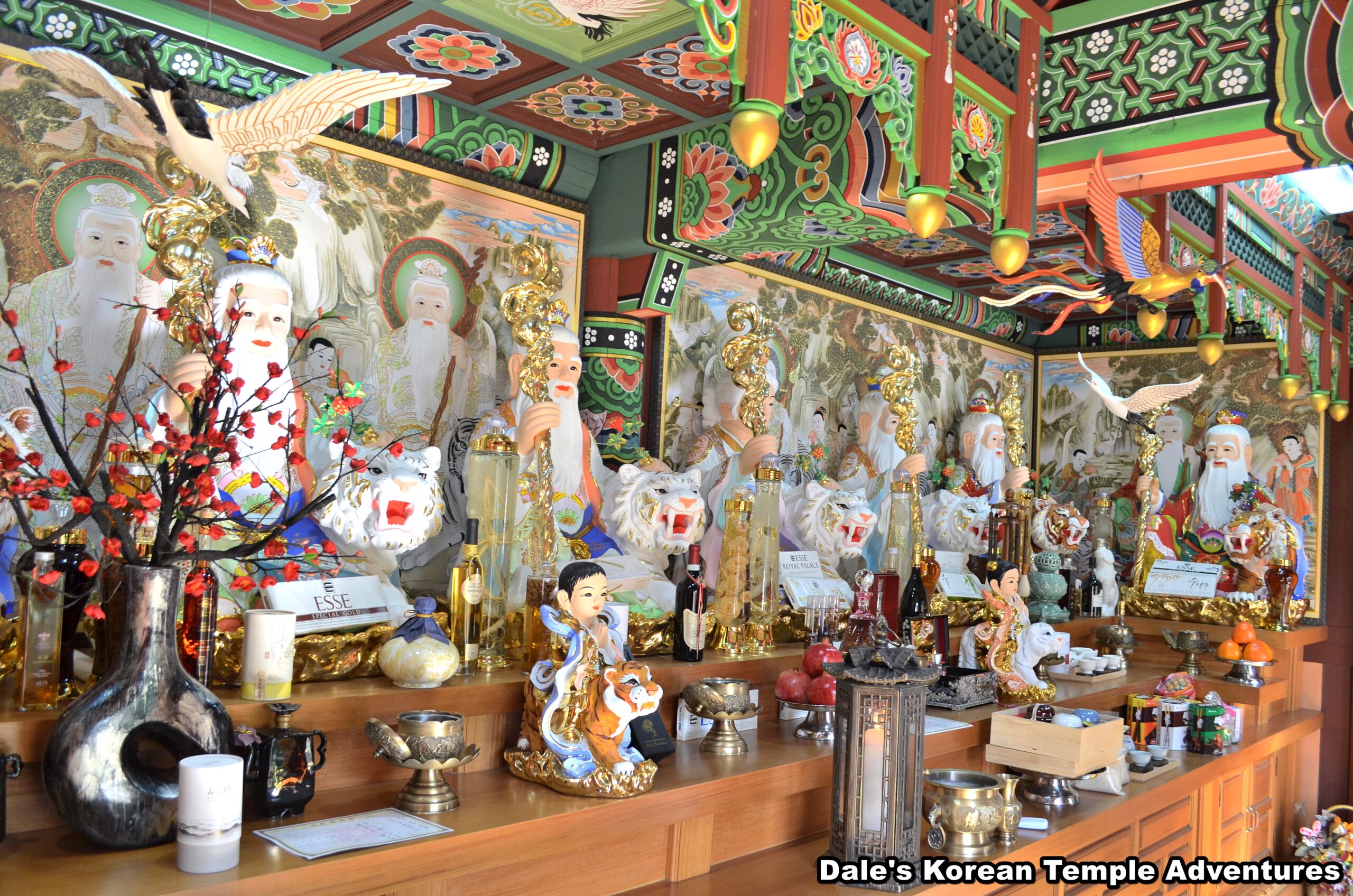
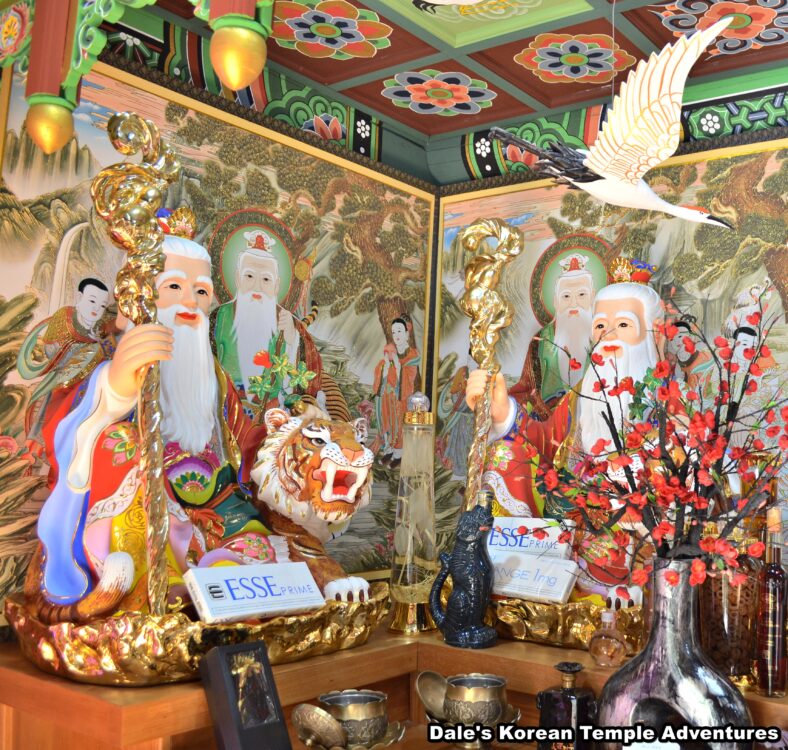
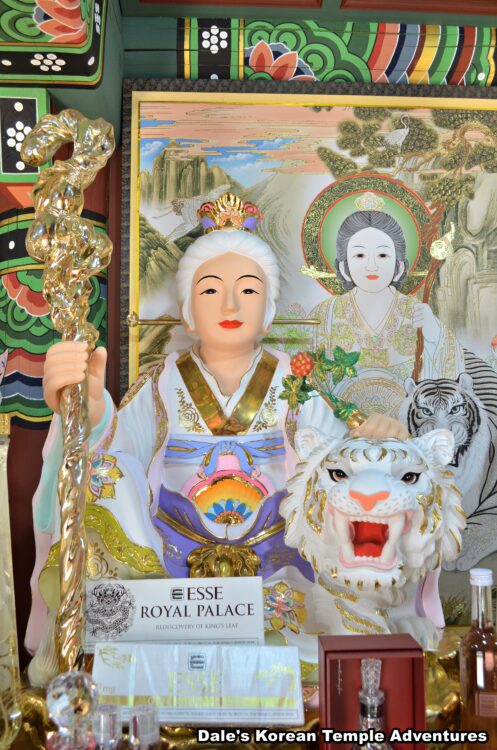
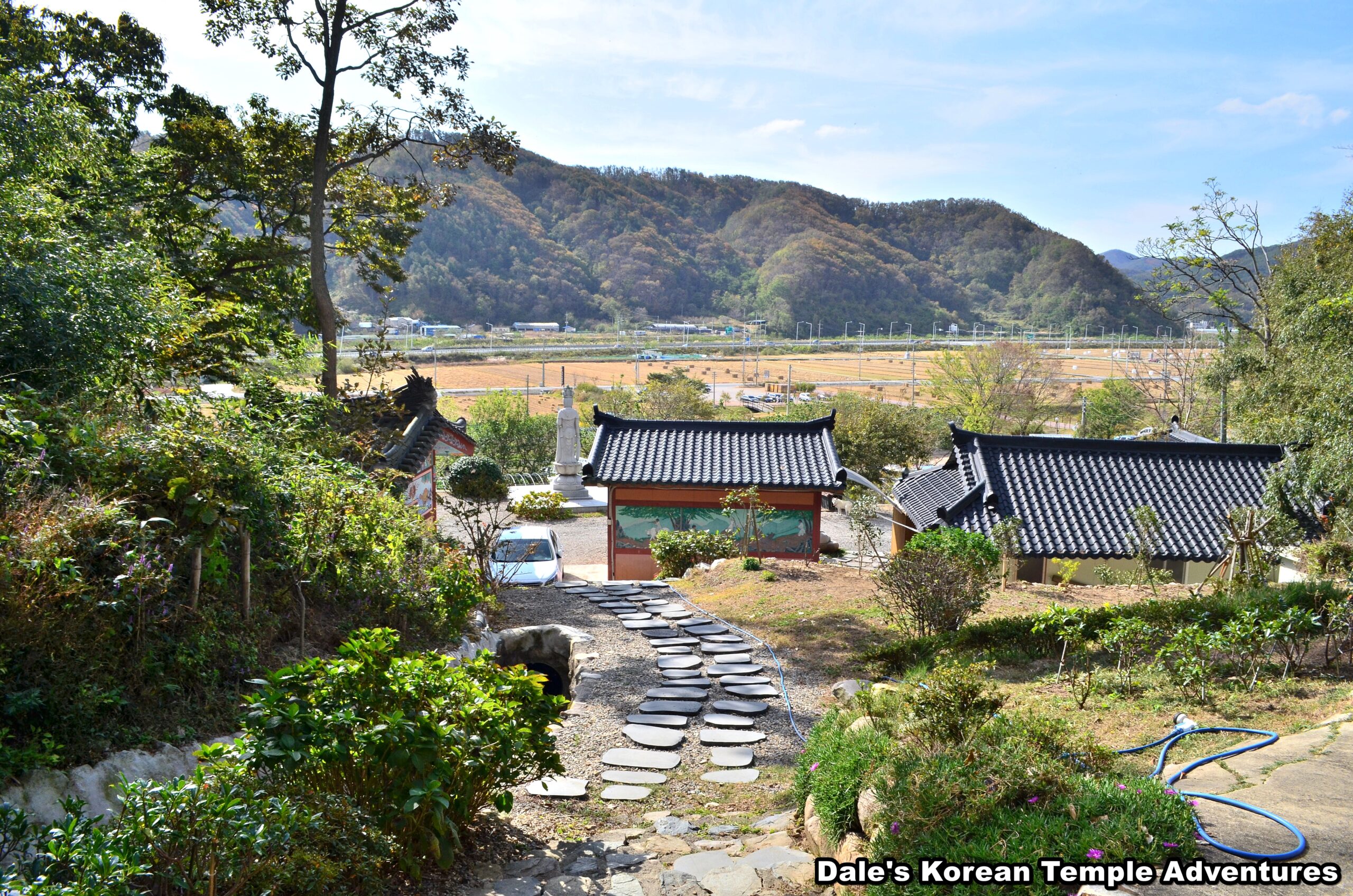


Recent comments